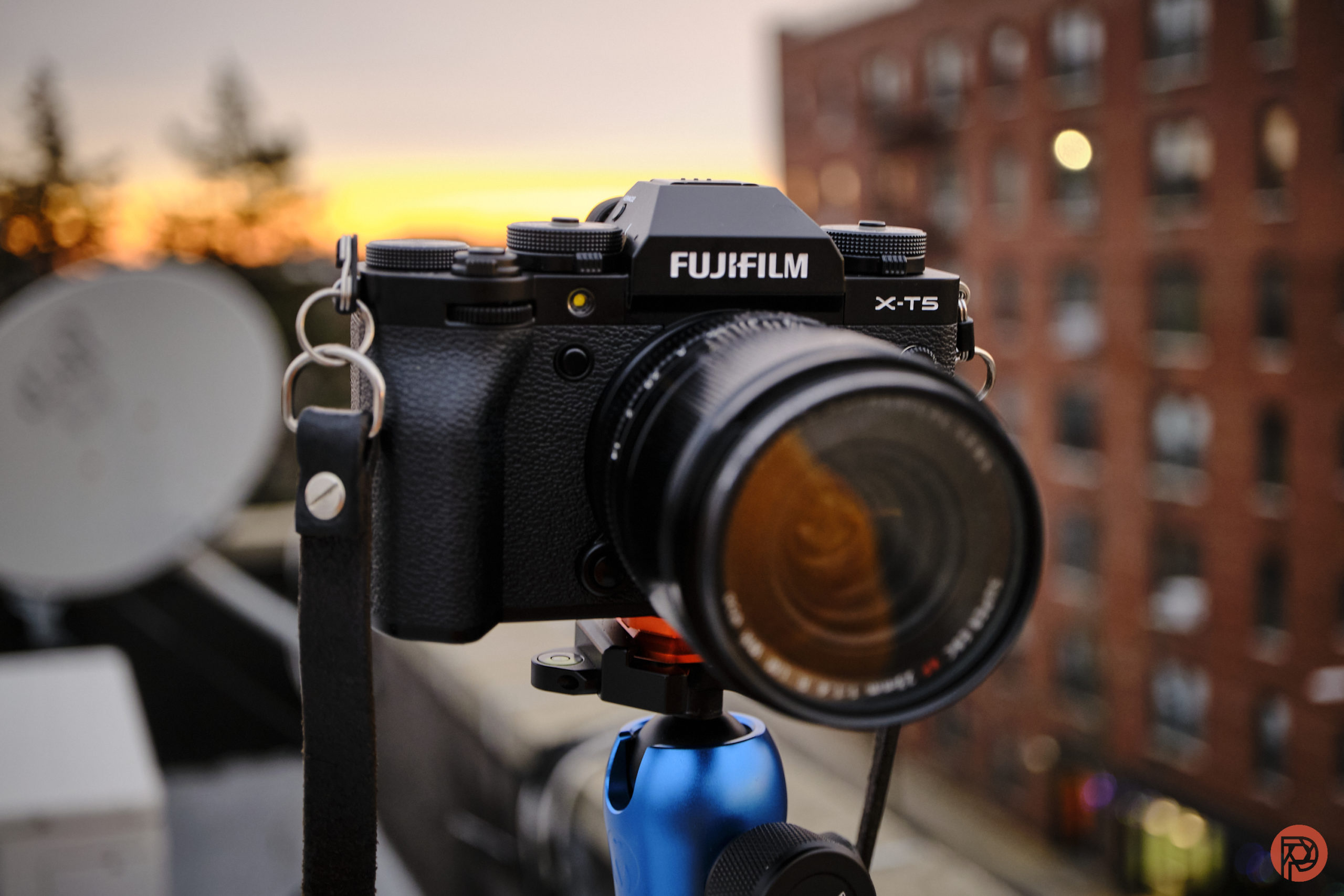
Wedding photography is a genre that is an amalgamation of many other forms. The photos need the candidness of street photography, the seriousness of documentary photography, and the reflexes of wildlife photography. Thus, when one shoots a wedding, they need not one but two devices, so that they do not waste time changing their lenses. While full frame cameras have often been chosen for this task, APS-C devices can achieve a great deal, too. Here is a look at a few offerings that can help you in this quest.
Fujifilm XH2s
The Fujifilm XH2s features a 26.1MP X-Trans CMOS sensor, can record 4K 120p videos, and has an ISO of up to 12,800. Other features include five-axis image stabilization, 425 AF points, a 3-inch, 1.62m-dot LCD, and 5.76m-dot OLED EVF. The APS-C camera offers lovely colors, a fast burst rate of 40 fps, and captures great image quality straight from the camera. It also has great autofocus, great eye AF, and offers a great build and quality. As we said in our review, “As a wedding photographer, I would definitely consider the X-H2s for it’s low light abilities, especially while knowing I could still be able to photograph my kids’ soccer games or my hobbyist wildlife photos with it.”
Sony 6700
The Sony 6700 has a 26MP sensor, BIONZ XR processor, a dedicated AI processing unit, and 759-point AF. The ISO is up to 102,400, 5-axis image stabilisation, and a 3-inch 1,036,8000-dot LCD. The APS-C camera excels at weather resistance, has a nice viewfinder, and has many megapixels for cropping. The image is sharp, contrasty, and bright, and it looks great overall. As for high ISO, the image can be shot at and above 6400. As we said in our review, “Where the Sony a6700 performs admirably is with street photography. Set to the AF-C mode with human detection activated, the Sony a6700 more or less made street photography look like a simple point-and-shoot affair.”
Canon R7

The Canon R7 has a 32MP CMOS sensor, Dual-Pixel CMOS AF II, and an ISO up to 51,200. The APS-C camera can capture UHD 4K video at 60p, a burst rate of 30fps, a 2.36m-dot EVF, and a 1.62m-dot LCD. The device has fantastic image quality, great autofocus, and excellent high ISO output. The R7 is weather-resistant, affordable, and built really well. Overall, it is a device that works well with Canon lenses, which makes things much better.
Fujifilm X-T5

The Fujifilm X-T5 has a 40MP X-Trans 5 BSI sensor, can record 6.2K at 30p and 4K at 60p. The device also offers 425 AF points, has 5-axis image stabilisation, a burst rate of 20fps, and a fast shutter speed of 1/180,000 seconds. The APS-C camera excels at detailed images, offers great colors, and has great image stabilisation. The EVF is updated, has good battery life, and the autofocus is excellent. As we said in our review, “The Fujifilm XT5 builds in the skin softening feature first introduced on the GFX series, with high and low settings. I found the results pretty natural looking, not like the plastic Snapchat variation. I did prefer the low setting over the high here.”
Nikon D500

The Nikon D500 can shoot at a burst rate of 10fps, record 4K UHD at 30fps, and has 153 AF points. The device has a 20MP sensor, weighs 860g, and 3.2-inch 2,359,000-dot LCD. The APS-C camera has great battery life, a sturdy build, and accurate autofocus. The image quality excels at capturing great details in highlights and shadows, and you can shoot great photos at ISO 6400. The device is an incredibly capable camera–and we recommend it for both pros and semi-pros.

